Garden birds: what to look out for this summer – and how to encourage them back
Get ready to spot the UK’s summer bird visitors as they return from spending the winter in Africa
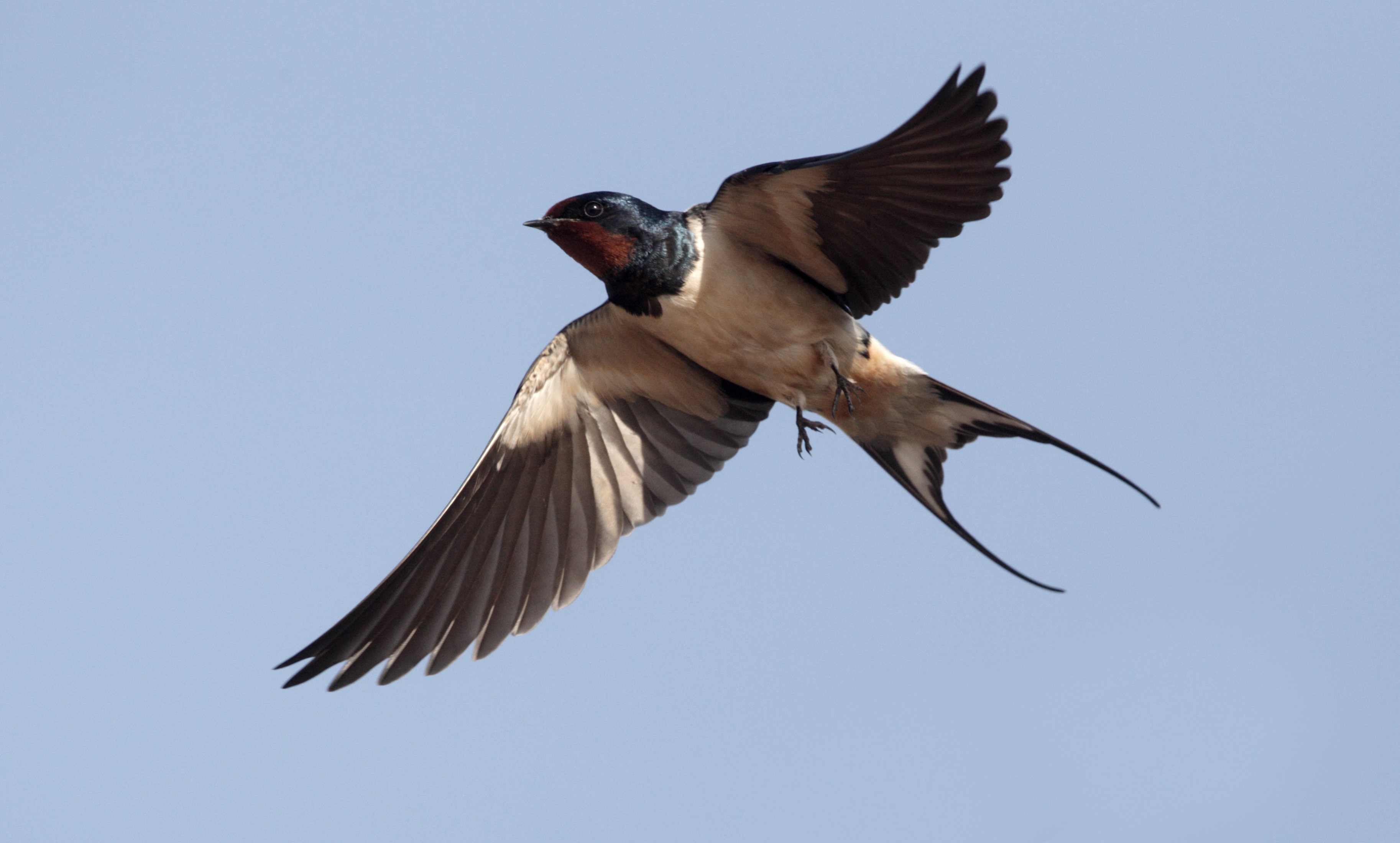

If you’re heading outdoors to the garden or into the countryside this weekend, keep an eye out for the birds who have arrived back on our shores for the summer. These regular summer visitors, including swifts, swallows and house martins, are all part of the sounds and sights of the UK’s summer as these feathered friends return from overwintering in Africa.
It can be difficult to tell some of these birds apart as they look quite similar, so the RSPB has put together a handy CV for the new season’s arrivals to help us recognise them.
Head to our garden ideas page for more garden-related advice and inspiration.
How to identify our summer migrants
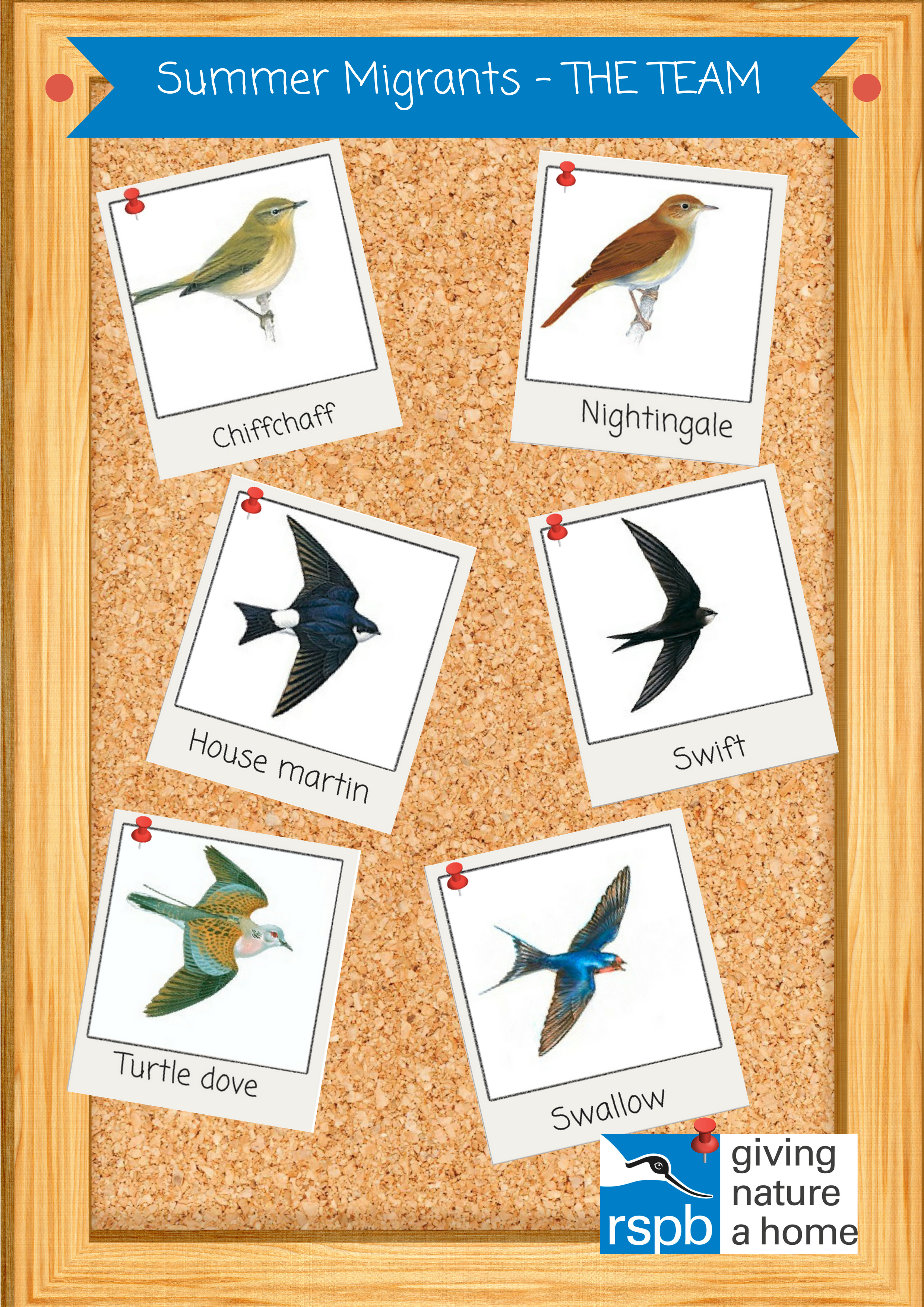
House martin
They build their carefully constructed, muddy little nests under the eaves of houses. They also have a forked tail but it is shorter than the swallow’s. Their song sounds like ‘jik, jik.’ If the summer is dry, we can all help house martins by creating mud for their nests – water a muddy patch in your garden or driveway, where there has previously been a puddle.
Swallow
Swallows have dark, glossy blue backs and a red patch under their chin. Their long, forked tails make them easy to spot and their song is more of a twitter, which they perform from a perch on a fence or building. Often to be seen in groups on telegraph wires.
A photo posted by @philbowcher on Feb 5, 2019 at 1:11pm PST
Swift
True to its name, this superb flier can go months without touching the ground, eating, sleeping and breeding in flight. You’ll almost never see them stationary, but they look black against the sky and have a slightly forked tail – but not as forked as the swallow. It’s their screams that make them unmistakable – listen out for ‘screaming parties’ flying low and fast around buildings, especially in the evenings.
Sadly, swift populations are in steep decline, with as many as half of all swifts gone in the last twenty years. To help swifts, try installing a nest box in your garden.
Get small space home decor ideas, celeb inspiration, DIY tips and more, straight to your inbox!
Chiffchaff
A busy, olive brown warbler, the chiffchaff flits through trees and shrubs, wagging its tail distinctively while looking for insects to pick out and snap while flying. They sometimes have a pale eye stripe, a bit like a mask. It gets its name from its song.
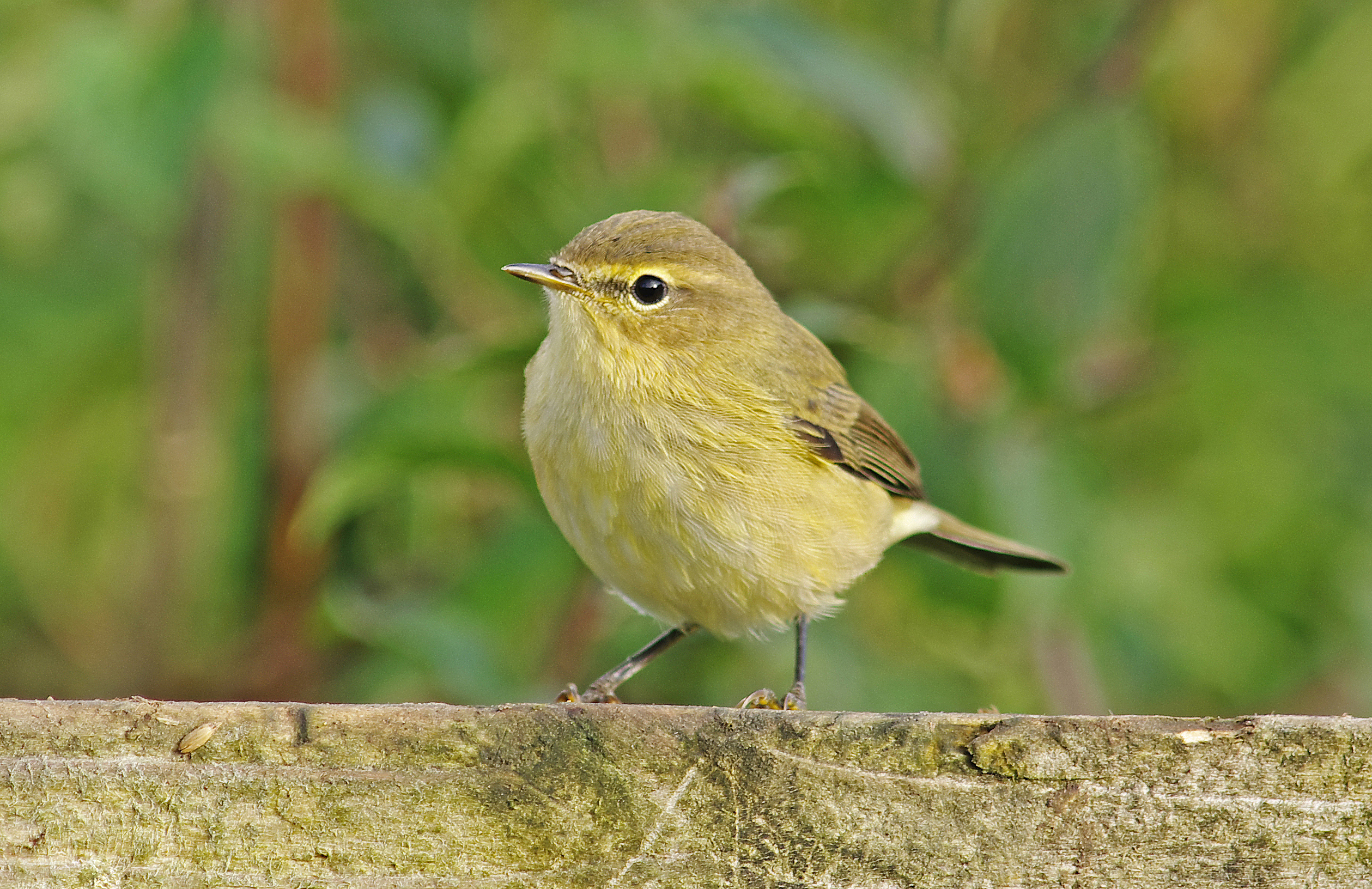
Nightingale
Nightingales are fairly ordinary to look at - slightly bigger than robins, with brown feathers. They're shy and can be difficult to spot but once they start to sing they turn into divas and few other birds can match their voice. Sadly, the number of nightingales in England, has declined by around 90% in the past 50 years, so their beautiful song is becoming a rare sound in the English countryside.
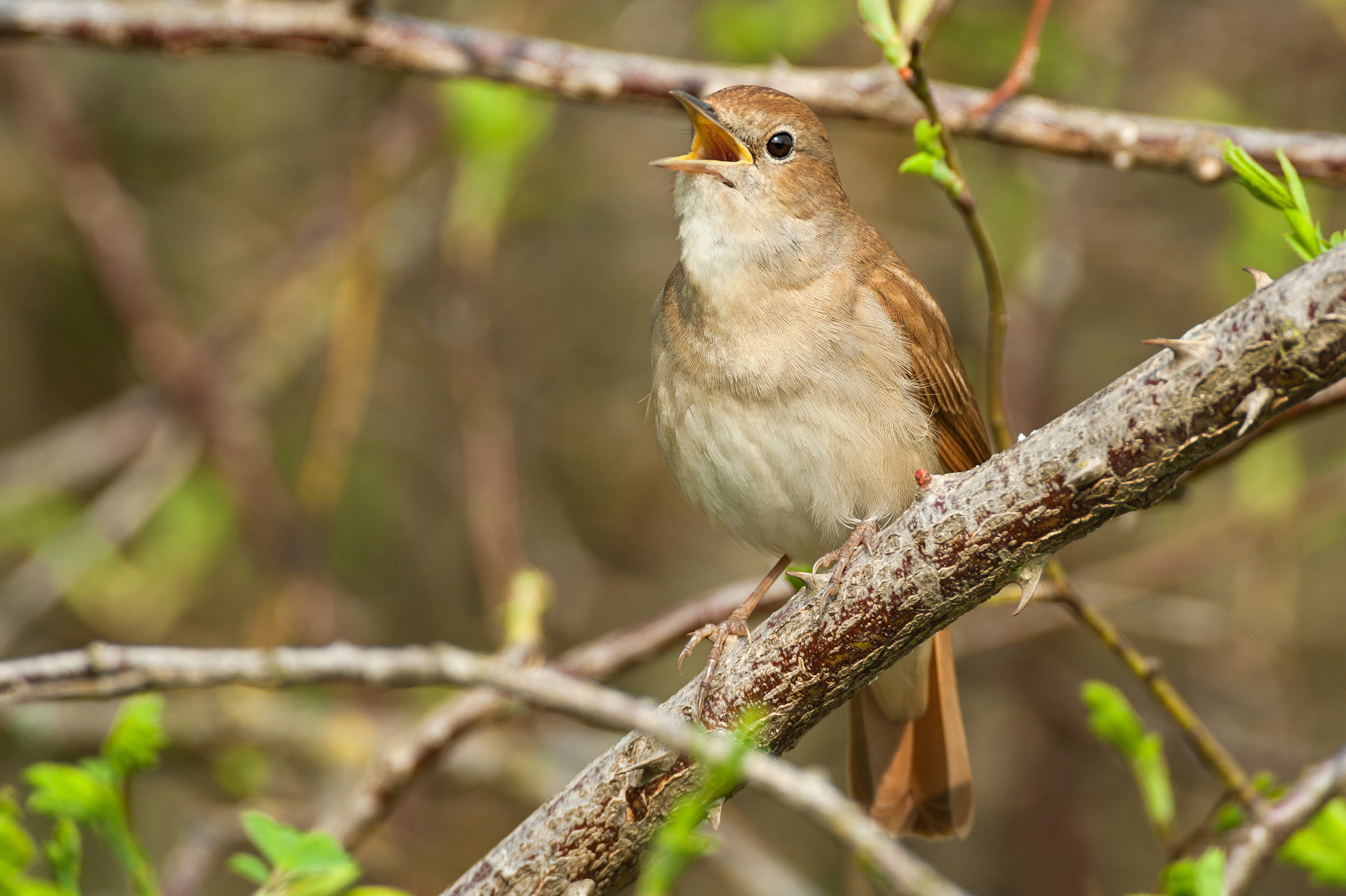
Turtle dove
A dainty dove, much smaller than the collared doves you may see in the garden, about the size of a blackbird. Their haunting ‘purring’ sound is one of the true signals of summer, but sadly we’ve lost 94% of them since 1995 and there’s a real threat that they could become extinct.
A photo posted by @uaebif on Mar 9, 2019 at 3:53am PST
House sparrow
The curious little house sparrows used to be a fixture of urban summers, often seen taking dust baths, but are sadly now in decline. There are a couple of things you can do to help them: try to trim your hedges less, as they provide an invaluable retreat for sparrows. Even more importantly, avoid pesticides in your garden and install a bird feeder full of tasty seeds such as millet and sunflower seed.
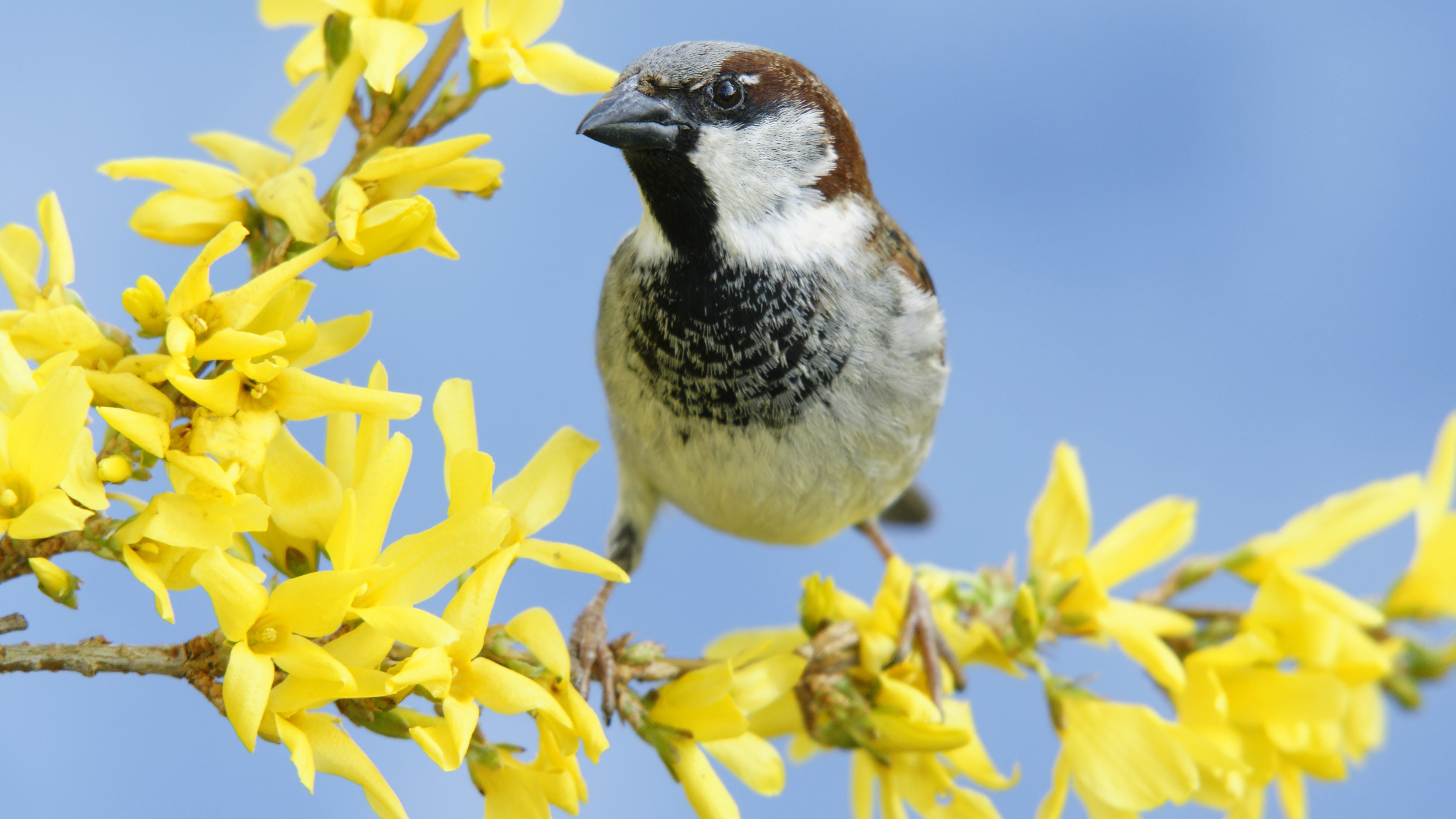
Long-tailed tit
Long-tailed tits are easy to identify: their tails are indeed much longer than their bodies, have an undulating flight style, and tend to get around in noisy gatherings of twenty or more. Like most other tit species, long-tailed tits are insect eaters, extracting food from tree branches and trunks. Thankfully, long-tailed tits are not currently endangered.
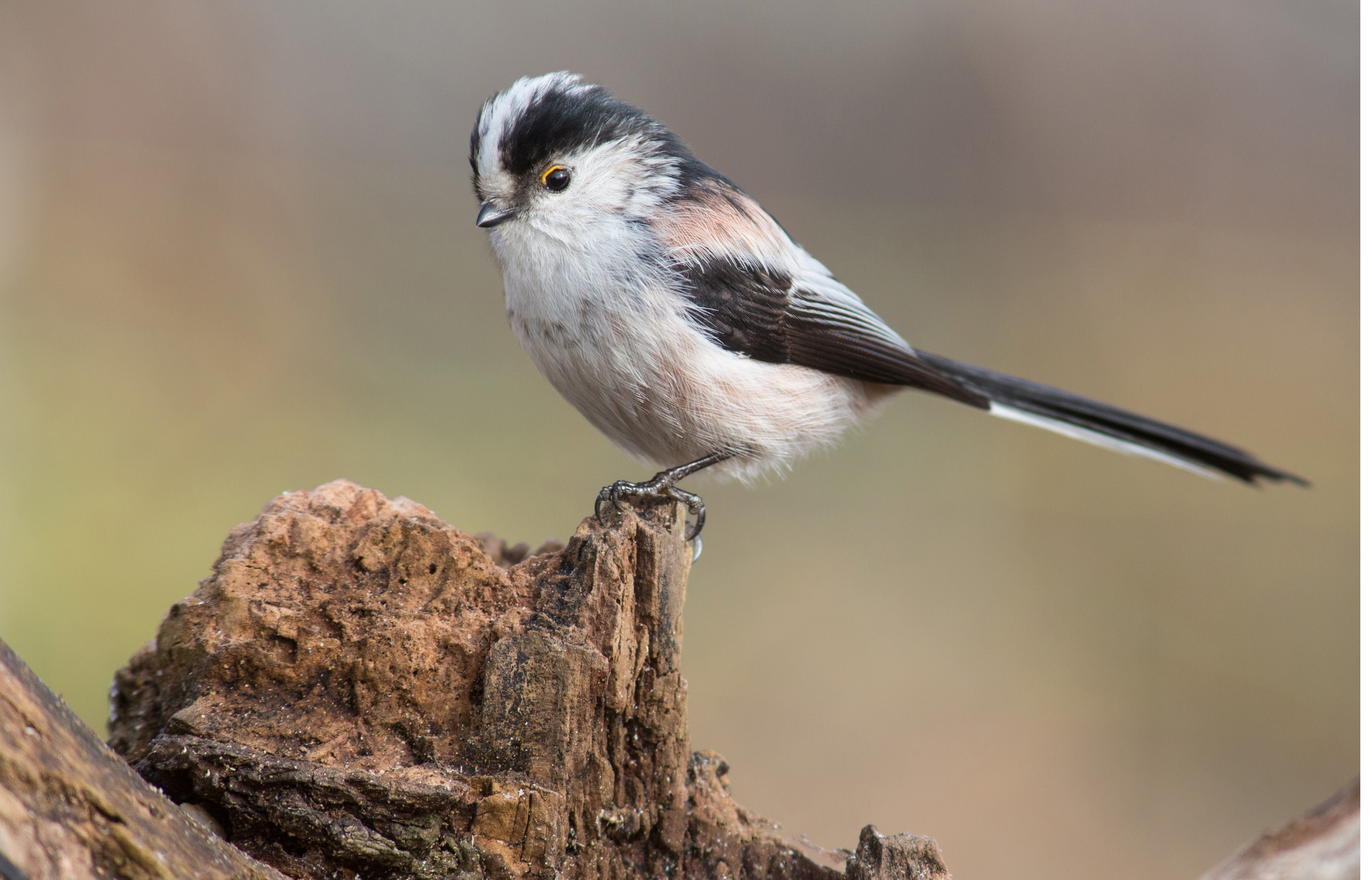
All bird species – and indeed all wildlife that finds its way into our gardens – are affected by our gardening practices. In order to create a welcoming environment for birds and animals, follow out tips for creating an eco-friendly garden.
